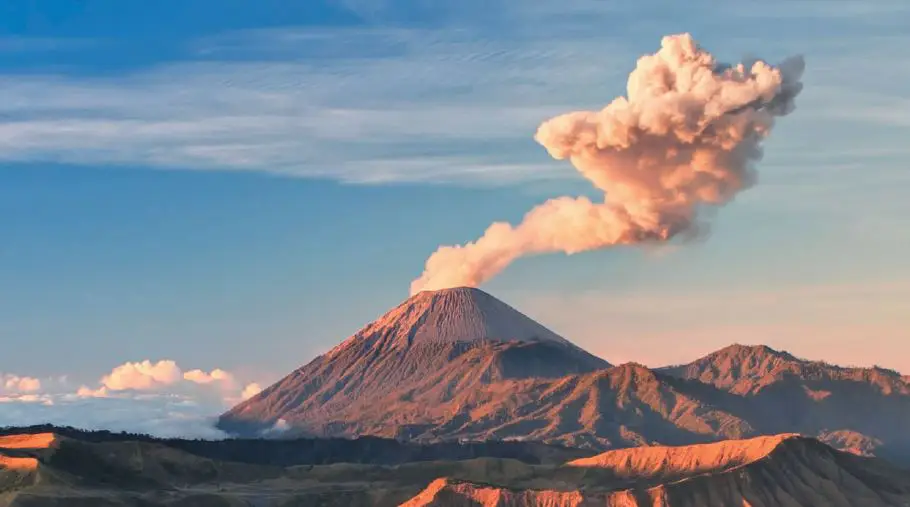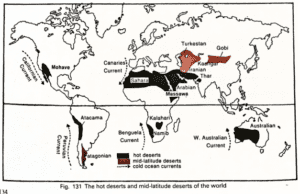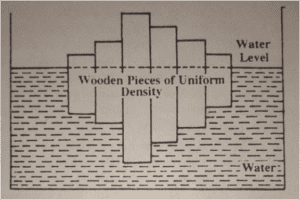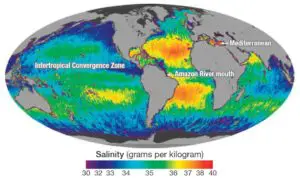Internal Processes of Earth System: Endogenetic Forces | UPSC – IAS
The Earth is shaped by many different geological processes. The forces that cause these processes come from both above and beneath the Earth’s surface. Processes that are caused by forces from within the Earth are endogenetic processes.
It is in this Series we fully develop our discussion of the key Earth system operating within the planet also known as Endogenetic Forces or internal process of earth:
The processes and consequences of heat flow from the hot interior toward the cooler surface. As we’ll see, it is the slow movement of hot—but largely solid rock through the mantle that drives plate tectonics and is responsible for nearly all other internal processes and also main endogenetic process are –
- Volcanism,
- Folding, and
- Faulting.
The internal processes we describe and explain here are largely responsible for increasing the relief of the surface of Earth.
The Impact of Internal Processes on the Landscape | UPSC – IAS
In our endeavor to understand the development of Earth’s landscape, no pursuit is more rewarding than a consideration of the internal processes, for they are the supreme builders of terrain. Energized by forces within Earth, the internal processes actively reshape the crustal surface.
- The crust is buckled and bent, land is raised and lowered, rocks are fractured and folded, solid material is melted, and molten material is solidified. These actions have been going on for billions of years and are fundamentally responsible for the gross shape of the lithospheric landscape at any given time.
- The internal processes do not always act independently and separately from each other, but in this series we isolate them in order to simplify our analysis.
From Rigid earth to Plate Tectonics | UPSC – IAS
The shapes and positions of the continents may seem fixed at the time scale of human experience, but at the geologic time scale, measured in millions or tens of millions of years, continents are quite mobile. Continents Have:
- Moved,
- Collided and merged, and
- Then been torn apart again;
- Ocean basins have formed, widened;
These changes on the surface of Earth continue today, so that the contemporary configuration of the ocean basins and continents is by no means the ultimate one. It is only in the last half century, however,that Earth scientists have come to understand how all of this could actually happen.
Until the mid-twentieth century, most Earth scientists assumed that the planet’s crust was static, with continents and ocean basins fixed in position and significantly modified only by changes in sea level and periods of mountain building. The uneven shapes and irregular distribution of the continents were puzzling, but it was generally accepted that the present arrangement was emplaced in some ancient age when Earth’s crust cooled from its original molten state.
Although not widely accepted, the idea that the continents had changed position over time, or that a single“supercontinent” once existed before separating into large fragments, has been around for a long time. Various naturalists, physicists, astronomers, geologists, botanists, and geographers from a number of countries have been putting forth this idea since the days of geographer Abraham Ortelius In the 1590s and philosopher Francis Bacon in 1620.Until fairly recently, however, the idea was generally unacceptable to the scientific community at large




